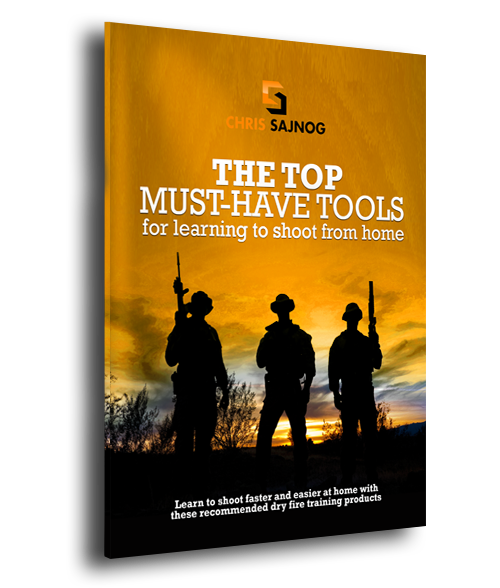Committing Learning and Memory for Long Term
Think back to your most recent learning experience, when it was imperative for you to commit learning and memory for the long term. You probably had to review the information several times before you felt comfortable with it, right? And even after you felt comfortable with it, did you still forget it a few days or weeks later?
Learning and Memory
When you learn something new, whether it’s someone’s name or a shooting technique, the knowledge is initially stored in your short-term memory. Your recall of this knowledge will be best in the moments immediately following your learning it. As time passes, maybe several hours or a few days, you lose some of the details of that knowledge and the accuracy of your recall becomes lower and lower. Several weeks can pass and when you try to accurately access that knowledge you’ll find that you’ve forgotten most, if not all, of it.
So what happened? Without getting too technical, you never properly encoded the information into your long-term memory. You simply stored it in your short-term memory and, when you failed to go back and access it, other newer information (think work schedules, to do lists, errands, etc.) pushed the knowledge out of your short-term memory. The result? You’ve forgotten the shooting techniques you learned from that weekend live-shooting class and there’s no way to refresh your knowledge without paying for and attending the class again.
There are a few ways you can fight this data loss. First, you can, and should, take notes on what you’re learning. Taking notes isn’t specific to a certain type of content – if you need to remember something and you know you’ll need this knowledge in the future – take notes! Your notes don’t need to be formal or even lengthy. If you’ve just learned how to troubleshoot a weapon malfunction, quickly jot down the order in which you fixed the problem.

Second, make the time to review your notes regularly. The more often you review your notes the more likely the knowledge you’re acquiring will transfer to your long-term memory and will be accessible when you need it.
When I say review, I don’t mean just read your notes, I mean get up and practice. If you want to improve as a shooter and master certain techniques, just committing learning and memory for the long term is NOT enough. You need to develop the muscle memory so the movements and actions needed to successfully perform a task are second nature and done entirely at a subconscious level.
When I began developing my New Rules of Marksmanship and establishing my online training program, I paid close attention to how I could help my members encode the knowledge they were gaining into their long-term memory and eventually make that knowledge second nature and instinctive. To do this, I made the material and videos in my online program always available and reviewable!
I drive home certain points, like dry fire training, over and over and over as my way of helping you review your notes – if I keep mentioning it and you keep reading it, you’re reviewing the material again and again and again, helping you transfer the knowledge into your long-term memory and, hopefully, your subconscious where you’re constantly paving your path to perfection.

Bonus Tips:
#1 – Reading: Rather than just rereading material over and over; read it, then write down what you just learned. Then go back and review what you read with your notes and see what you missed.
#2 – Note Taking: Draw a line down the middle of your page. On the left, write down the content you’re learning. On the right side write down what you create with that information. So if you were taking notes on this article, on the left you’d write down what you learned about learning; On the right side you’d write down ways that you’ll use this information in your life.
#3 – Sleep: Sleep is when our brains consolidates memories. If you’re not sleeping 7-9 hours per night, you will forget stuff.
#4 – Learn FAST: This is from world memory expert Jim Kwik. He says to learn anything fast:
F – Forget what you already know/think you know about the subject.
A – Active: Learning is an active process, the more active the better. Are you writing this down?
S – State: Everything we learn, we learn in state. Get into that state when you want to remember. Also, you’ll remember anything better when it’s attached to emotion, so have a strong why for remembering the information.
T – Teach someone else what you learned.
That’s it for today. A great way to teach someone right away is to leave a comment below with what you learned from this committed learning and memory for the long term.



